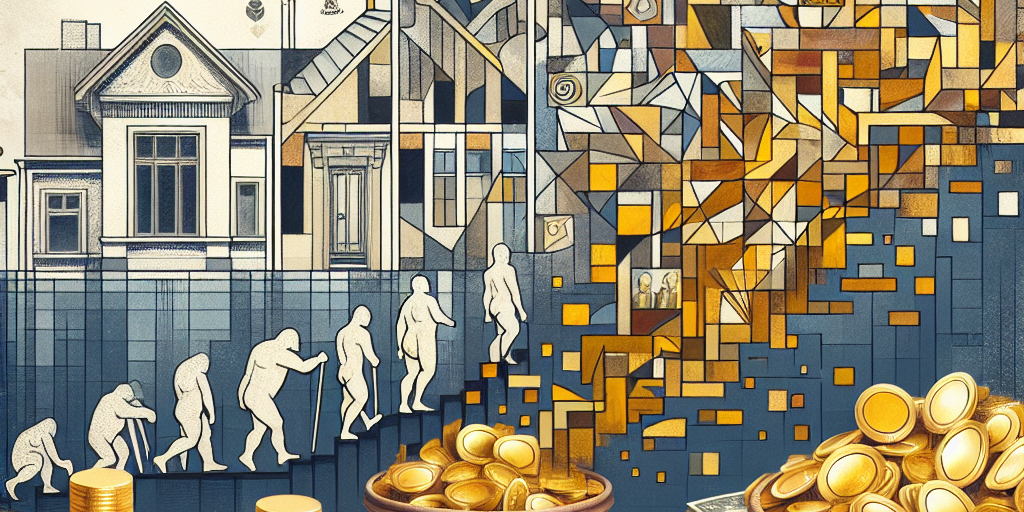Art has long been considered a valuable asset, both in terms of its cultural significance and its financial potential. From the masterpieces of Picasso and Van Gogh to contemporary works by emerging artists, the art market offers a wide range of opportunities for investment.
One way to make money through art investment is to purchase works by established artists whose value is expected to appreciate over time. Picasso, for example, is widely considered one of the greatest artists of the 20th century, and his works have consistently sold for millions of dollars at auction. Investing in a Picasso painting or sculpture can be a lucrative venture, as the demand for his work is likely to remain strong for years to come.
Another strategy is to invest in emerging artists whose work shows promise and potential for growth. By purchasing art from up-and-coming talents, investors can not only support the careers of young artists but also potentially profit from the increased value of their work as their reputation and recognition grow.
In addition to buying and selling individual works of art, investors can also participate in the art market through collective investment vehicles such as art funds and art investment platforms. These platforms allow investors to pool their resources and invest in a diversified portfolio of art assets, reducing the risk associated with investing in individual pieces.
However, like any investment, art investment carries its own set of risks and challenges. The art market can be highly speculative and volatile, with prices fluctuating based on factors such as the artist’s reputation, the quality of the work, and prevailing market trends. It’s important for investors to do their due diligence and research before making any investment decisions in order to minimize the risk of financial loss.
Furthermore, investing in art requires a certain level of expertise and knowledge about the art market and the specific artists and works being considered for investment. Consulting with art advisors, dealers, and experts can help investors make informed decisions and navigate the complexities of the art market.
Ultimately, investing in art can be a rewarding and profitable venture for those with a passion for art and a keen eye for value. By carefully selecting and managing art investments, investors can not only build a valuable collection of art but also potentially profit from the appreciation of their assets over time. From Picasso to profit, the art market offers a wealth of opportunities for investors willing to take the plunge into the world of art investment.







